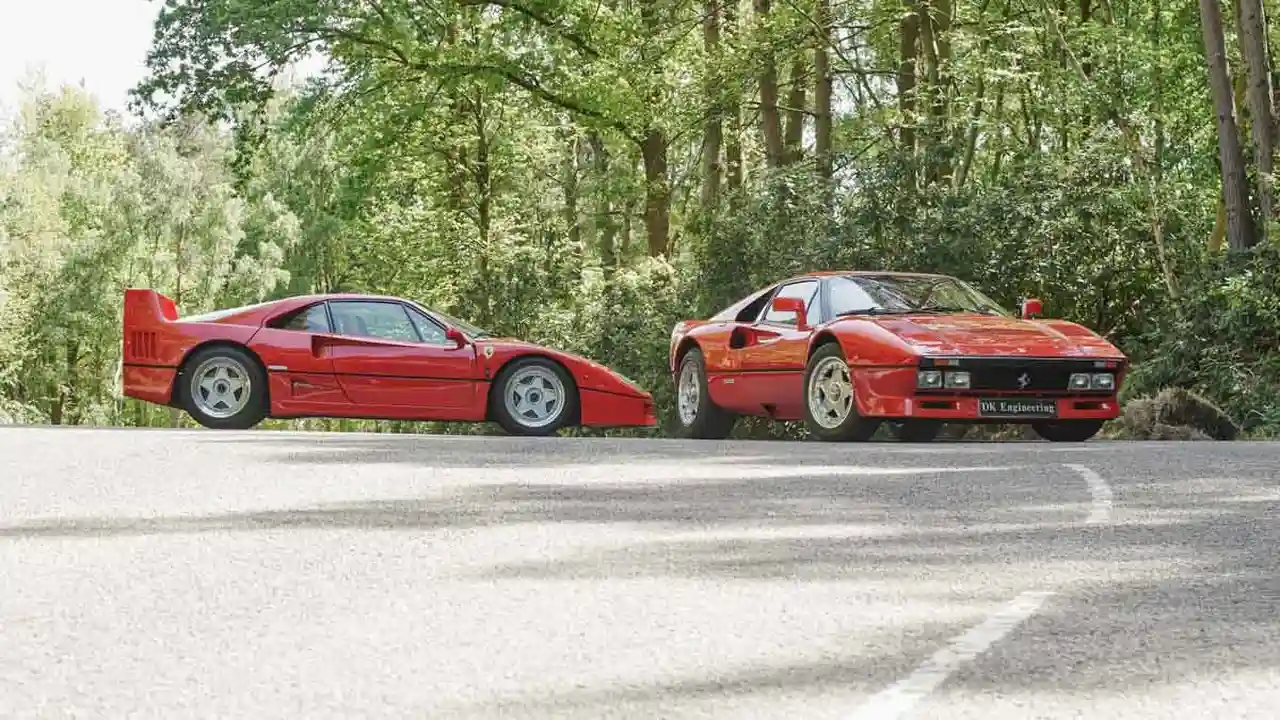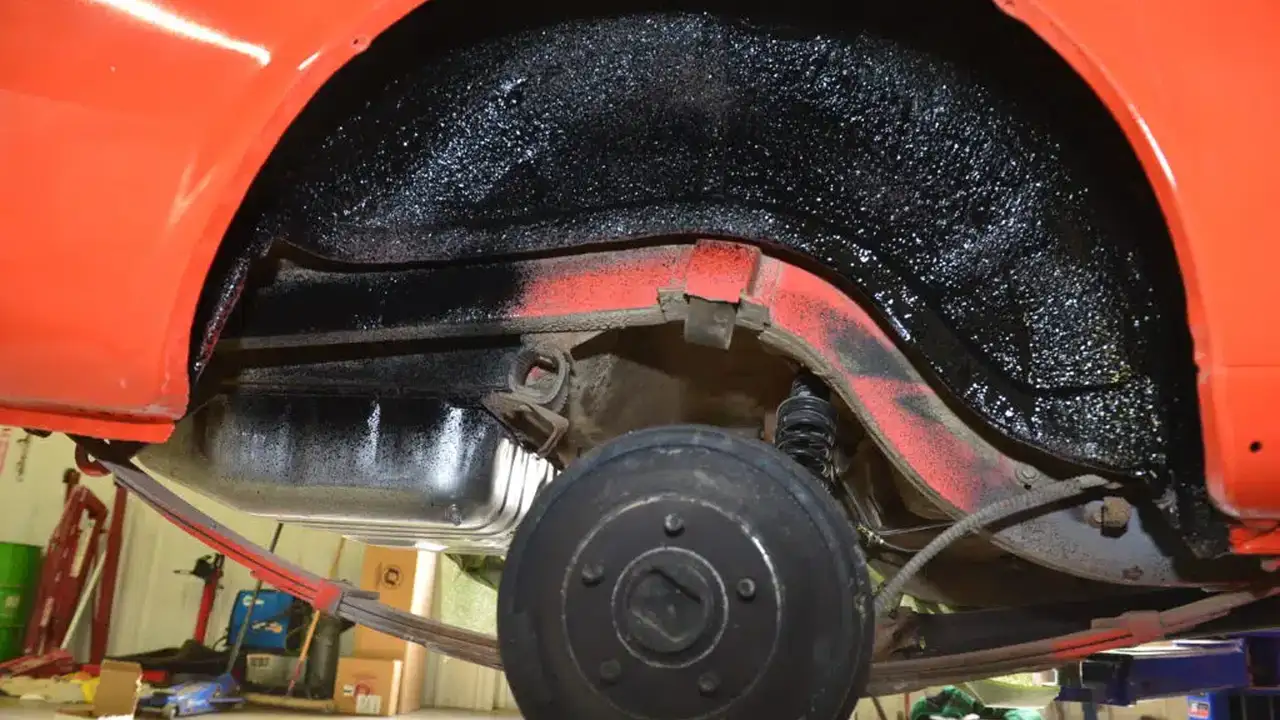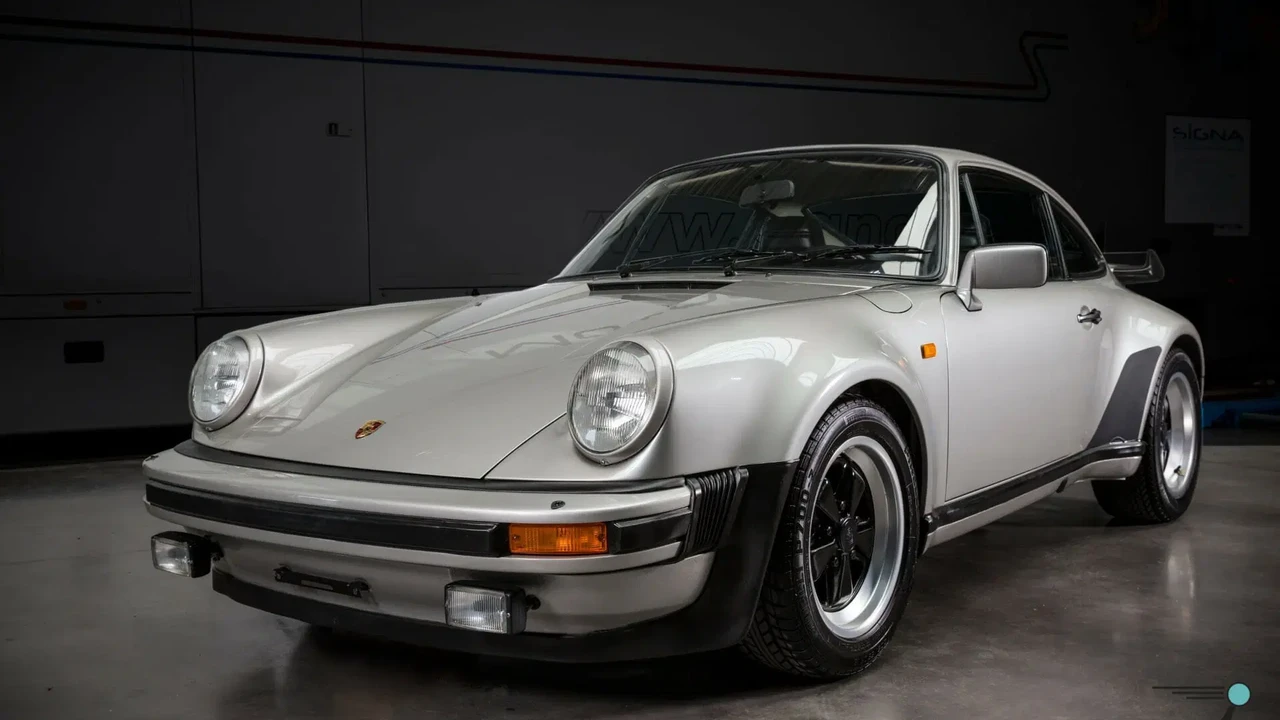Aston Martin DB5 vs Aston Martin DB6 Which Bond Car Reigns Supreme
Explore a detailed comparison of the Aston Martin DB5 and DB6, both famous for their association with James Bond. Which car is the ultimate Bond car?

Aston Martin DB5 History and Design A Bond Icon
Okay, let's dive into the world of British automotive royalty, shall we? We're talking about the Aston Martin DB5 and DB6, two cars that not only defined an era but also became synonymous with a certain suave secret agent. First up, the DB5. Introduced in 1963, it was an evolution of the DB4, but with a crucial upgrade: a 4.0-liter engine. This isn't just any engine; it's a straight-six masterpiece, producing around 282 horsepower. That's plenty of oomph for a car of its time, allowing it to hit a top speed of around 145 mph. Now, the design. Pure elegance. That iconic silhouette, the chrome details, the wire wheels... it's automotive art. And let's not forget its most famous role: James Bond's car in Goldfinger. That appearance cemented its place in pop culture history forever.
The DB5's design is timeless, featuring flowing lines and a refined aesthetic. It's a car that exudes sophistication and power. The interior is equally impressive, with leather seats, wood trim, and a sense of handcrafted quality. It's a place where you feel like you're stepping back in time, but in the best possible way.
Aston Martin DB6 History and Design An Evolution of Elegance
Now, let's shift gears to the DB6. Introduced in 1965, it was designed to address some of the DB5's handling issues, especially at higher speeds. The most noticeable change was the longer wheelbase, which improved stability. It also got a Kamm tail, that distinctive rear end that added a touch of modernity. Under the hood, the DB6 continued to use the 4.0-liter straight-six, but with some tweaks to improve performance. You could even opt for a Vantage version with around 325 horsepower. While it retained much of the DB5's DNA, the DB6 was a more practical and refined grand tourer. It's important to note that while the DB6 appeared in *On Her Majesty's Secret Service*, it was technically a DBS that was briefly featured. This distinction is crucial for serious Bond aficionados.
The DB6's longer wheelbase provides more interior space and improved ride comfort. The Kamm tail not only enhances stability but also gives the car a more contemporary look. The DB6 is a blend of classic design and modern engineering, making it a desirable classic car.
Performance Comparison DB5 vs DB6 On the Road
Alright, let's talk performance. The DB5, with its 282 horsepower, is no slouch. It accelerates smoothly and has plenty of power for cruising. The handling is good for its time, but it can feel a bit twitchy at higher speeds. The DB6, with its longer wheelbase and improved suspension, offers a more stable and planted driving experience. The optional Vantage engine provides a noticeable boost in power, making it even more enjoyable to drive. In terms of acceleration, both cars are fairly similar, but the DB6 feels more confident on winding roads and at higher speeds.
Both cars offer a fantastic driving experience, but they cater to different preferences. The DB5 is more raw and visceral, while the DB6 is more refined and comfortable. It really depends on what you're looking for in a classic car.
James Bond Factor DB5 and DB6 in Film History
Let's face it, a huge part of the appeal of these cars is their association with James Bond. The DB5, with its gadgets and iconic status, is the ultimate Bond car. It's appeared in numerous films, including *Goldfinger*, *Thunderball*, *GoldenEye*, *Tomorrow Never Dies*, *Casino Royale*, *Skyfall*, *Spectre*, and *No Time To Die*, cementing its place in cinematic history. While the DB6 isn't as directly linked to Bond (again, that brief appearance in *On Her Majesty's Secret Service* was actually a DBS!), it still benefits from the overall Bond mystique. Owning either of these cars is like owning a piece of movie history.
The DB5's gadgets, such as the ejector seat and machine guns, have become legendary. The car's appearances in Bond films have made it one of the most recognizable and desirable cars in the world.
Investment Potential and Collectibility Understanding Market Value
Now, let's talk money. Both the DB5 and DB6 are highly sought-after by collectors, but the DB5 commands a higher price due to its Bond connection and overall rarity. A well-preserved DB5 can easily fetch upwards of $1 million, while a DB6 can range from $300,000 to $800,000, depending on condition and provenance. Factors that influence value include originality, condition, mileage, and history. Cars with documented ownership and a complete service history are generally worth more. Restored examples can also be valuable, but it's important to ensure that the restoration was done to a high standard.
Investing in a DB5 or DB6 is not just about owning a beautiful car; it's also about owning a piece of automotive history. These cars are likely to appreciate in value over time, making them a solid investment for car enthusiasts.
Maintenance and Ownership Considerations Keeping Your Classic Alive
Owning a classic Aston Martin is a rewarding experience, but it's not without its challenges. These cars require regular maintenance and care to keep them running smoothly. Parts can be expensive and difficult to find, so it's important to have a reliable mechanic who specializes in classic British cars. Regular servicing, oil changes, and inspections are essential to prevent major problems. It's also important to store the car properly, ideally in a climate-controlled garage, to protect it from the elements.
Joining an Aston Martin owners club can provide access to valuable resources, including technical advice, parts suppliers, and a community of fellow enthusiasts. These clubs often organize events and rallies, providing opportunities to showcase your car and connect with other owners.
Product Recommendations and Alternatives For the Aspiring Owner
Okay, so maybe you can't quite swing a DB5 or DB6 right now. No worries! There are other options to get your classic Aston fix. Consider the Aston Martin V8 Vantage (1977-1989). While not a DB, it's a stunning and powerful car that's more attainable. Prices range from $150,000 to $400,000 depending on condition. For a more modern feel, look into the Aston Martin DB7. Prices are significantly lower, ranging from $30,000-$70,000, offering a taste of Aston Martin luxury without breaking the bank. As for products to keep your classic in tip-top shape:
- Collinite 845 Insulator Wax: This wax is a favorite among classic car enthusiasts for its durability and shine. It provides excellent protection against the elements and keeps your paint looking its best. Cost: around $30. Perfect for DB5 and DB6.
- Lucas Classic Car High Zinc Engine Oil: This oil is specifically formulated for classic engines, providing the necessary lubrication and protection. It contains high levels of zinc, which is essential for older engines. Cost: around $60 per case.
- Connolly Hide Care Leather Conditioner: This leather conditioner is designed to keep your leather seats soft and supple. It prevents cracking and fading, ensuring that your interior looks its best. Cost: around $40.
DB5 vs DB6 The Verdict Which Classic Aston Reigns Supreme?
So, which car is the ultimate Bond car? Well, that depends on your priorities. If you're looking for pure iconic status and a direct connection to James Bond, the DB5 is the clear winner. It's a timeless masterpiece that will always be in demand. However, if you prioritize a more refined and practical driving experience, the DB6 is the better choice. It offers improved handling and comfort, making it a more enjoyable car to drive on a regular basis. Ultimately, both the DB5 and DB6 are fantastic classic cars that represent the best of British automotive engineering. Choosing between them is a matter of personal preference.
:max_bytes(150000):strip_icc()/277019-baked-pork-chops-with-cream-of-mushroom-soup-DDMFS-beauty-4x3-BG-7505-5762b731cf30447d9cbbbbbf387beafa.jpg)






